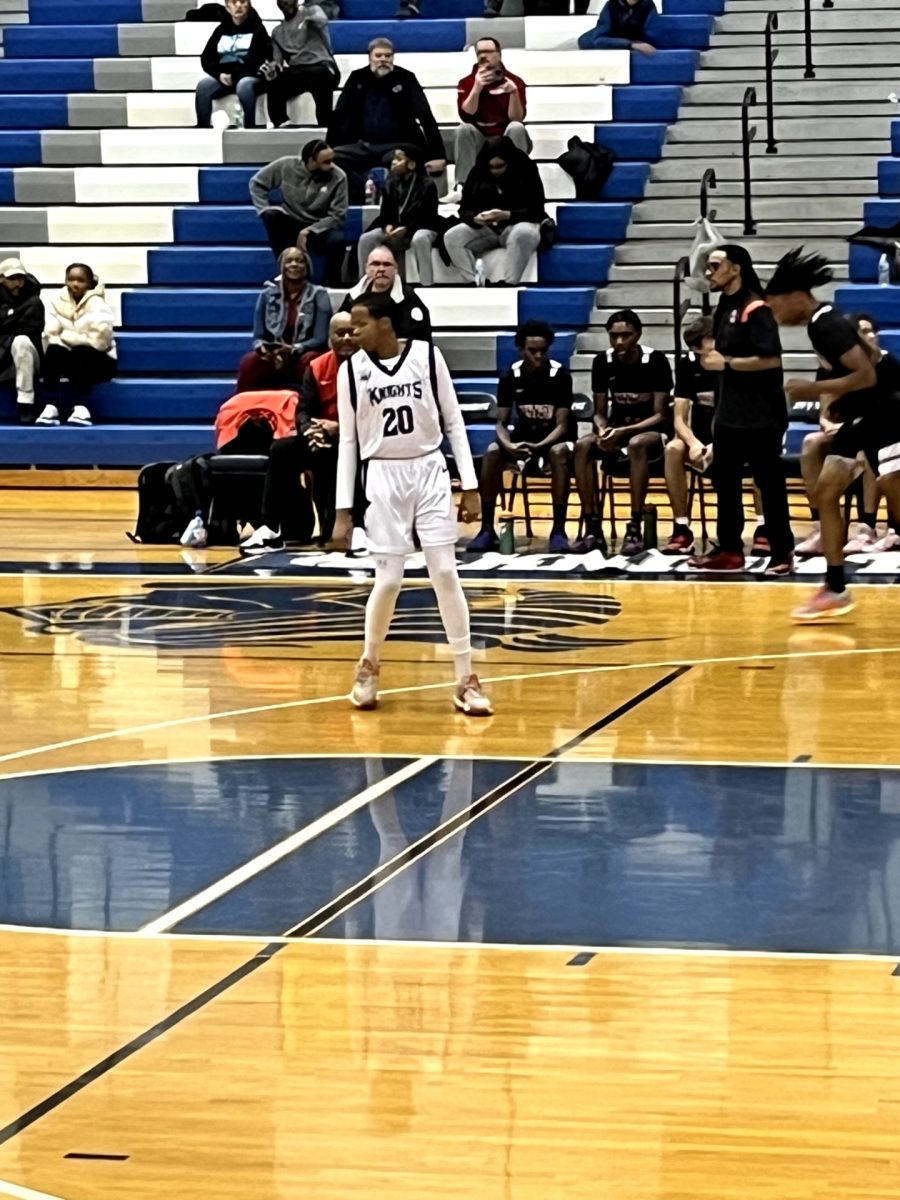Starting in middle school, while participating in class, Loy Norrix freshman Tobias Myers-Montero has felt uncomfortable, fearing that other students would mock and make fun of them for talking.
Today, students in all stages of the school system are growing more and more disconnected with participating in class, driven by a fear of speaking.
As students returned to school after the COVID-19 pandemic, student participation has changed. Virtual school made it so students didn’t have to worry about participating as much in class as they did during in-person school.
“[There’s] a large decrease in participation after COVID,” said math and Latin teacher Dyami Hernandez. “I remember when I first started teaching, before COVID, I could get kids to come to the board and do work and talk. Now, it is hard to get students to come up to the board.”
Anxiety in the aftermath of the COVID-19 pandemic has driven many students to simply stop participating in class discussions and questions. A lack of participation can be seen in almost every classroom in the post-COVID-19 world, with teachers struggling to keep engagement and students too scared to speak up.
According to research conducted by the CDC, anxiety affects a large number of children ages three to seventeen: about 5.8 million people. This anxiety negatively affects how classrooms function, as with a lack of participation, it is hard to keep classes on track and engaging for students. One of the root causes of students not participating is a simple fear of talking.
“People can be criticized a lot,” said freshman Oliver Raymond. “People might yell out ‘you’re wrong,’ ‘you’re stupid’ or say something mean. Just even the thought of that makes students queasy.”
With anxiety looming over a large percentage of Gen Z, students often feel scared to participate in the wake of COVID-19.
The mass adoption of the computer has also ushered in a new struggle in getting students to participate in class. With certain actions now being replaced or aided by computers, it makes students doing them feel uneasy.
“Now that we have Minga, even small stuff like asking to go to the bathroom requires less interaction,” said Hernandez. “Now, they either send me the pass and hope that I see it or just raise their hand and point to their computer. Some students are not even comfortable asking to go to the bathroom in a classroom setting.”
Just because students haven’t been participating as much in class discussion doesn’t mean they have a lack of knowledge. Talking in class has changed and is now seen as the job of the teacher.
“I think we assume there’s a lot of students that don’t know what they are doing and therefore don’t participate and aren’t asking questions,” said Hernandez, “but something that is also interesting: I get a lot of students that do know what they are doing and a confident and feel like they don’t have to participate.”
Wide-spread action is needed to combat the lack of participation. Higher access to mental health could help curb the anxiety of participating in class. According to Increasing Student Participation, published by the Center for Teaching and Learning, even changes as simple as moving student desks to face one another can help students feel more comfortable talking and participating in class.
“Teachers making their classroom a safe environment to participate in [would help],” said Raymond.









